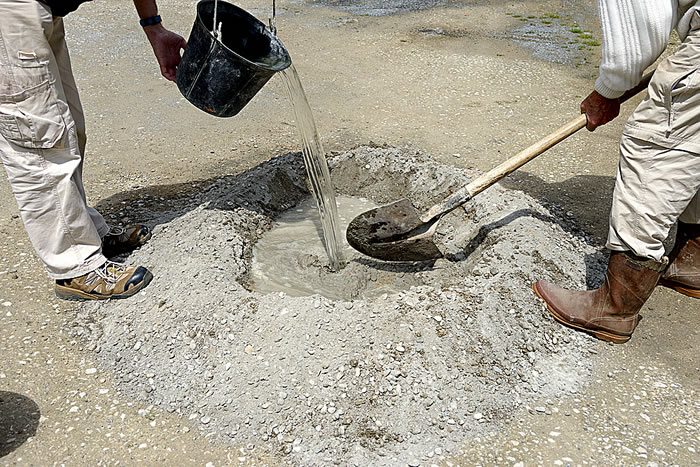The role that the various mix constituents play to produce quality concrete for housing is often not fully understood, Bryan Perrie, managing director of The Concrete Institute, has cautioned.
Perrie says using the correct mix proportions and ensuring good site practice affects the strength, durability and economy of the finished concrete. “First of all, the quality of the cement is crucial. Building contractors should note that all producers and importers of cement must have a Letter of Authority (LoA) from the National Regulator for Compulsory Standards (NRCS) for each different cement type sold in South Africa. The NRCS issues a LoA only if the cement standard complies with SANS 50197-1 or SANS 50413-1,” he explains.
Perrie says five errors in particular tend to occur whenproducing concrete for housing :
·The ratio between the water and the cement in a mix determines the strength of the concrete. When site batching for small quantities of concrete, contractors tend to use a builder’s wheelbarrow as unit of measurement. Unfortunately this practice often produces inconsistent concrete mix proportions. “The contractor should ensure that the wheelbarrow is always levelled off at the top when measuring materials for mixing, to ensure that the correct, consistent mix proportion is achieved throughout. Note: two bags of 50kg cement is the equivalent to one builder’s wheelbarrow,” Perrie states;
·Another common mistake on site is the addition of extra water to improve the workability of the concrete after an extended period of time. This practice significantly reduces the strength of the concrete;
·Often concrete is not cured using the proper technique and/or is not cured long enough. “Newly cast concrete must be cured to ensure that hydration continues until the full potential strength of the hardened concrete is achieved and to minimise the tendency to crack. The concrete should be kept damp and not allowed to freeze during this time. The concrete should be cured for at least five days after placing it and longer in cold weather,”he advises;
·There is often confusion between client, specifier and contractor when it comes to finishing a concrete floor, specifically relating to the application of a cement screed to the finished concrete floor. In general, a sand-cement screed should not be applied as the final wearing surface. The appropriate application of sand-cement screeds and concrete toppings is described in detail in the The Concrete Institute publication: ‘Sand-cement screeds and concrete toppings for floors’ which is available free of charge from the Institute;
Cracks in plaster and floors is a very common problem on most sites – a problem that can be avoided or reduced through the correct use of expansion joints to allow for movement of the structure at appropriate intervals. “Care should also be taken to allow for movement joints between different material types, such as clay bricks and concrete blocks,” Perrie adds.
More detailed information on this subject is available from The Concrete Institute’s publication ‘Concrete basics for building’. This publication, as well as several other specialised information leaflets on these issues can also be obtained directly from the Institute. The institute also presents a variety of educational courses on concrete for all levels of experience.


